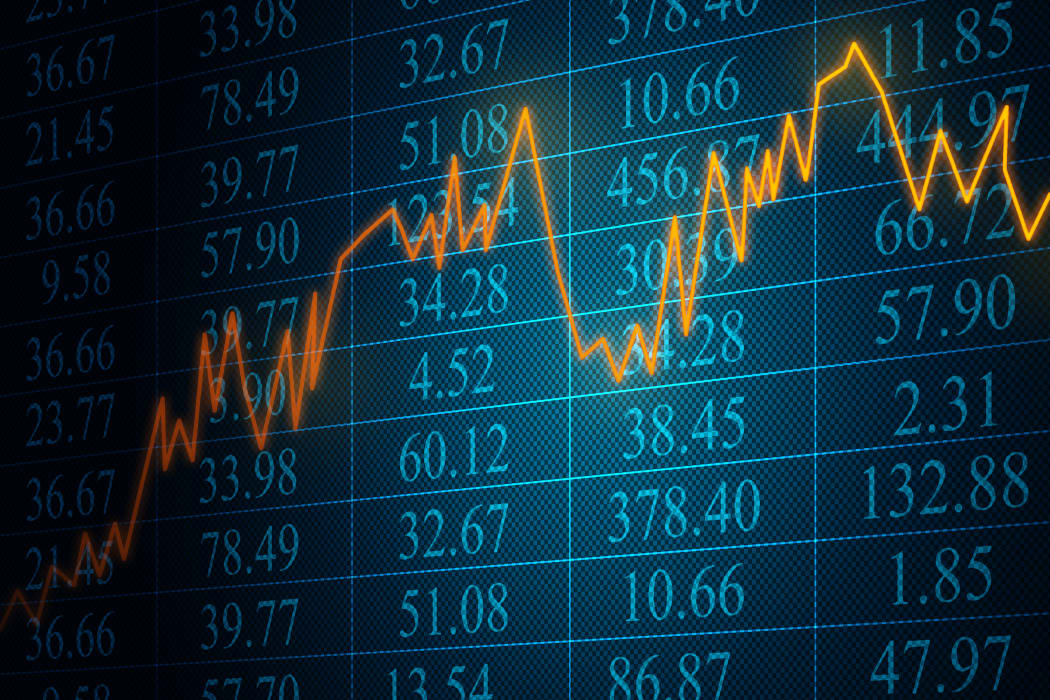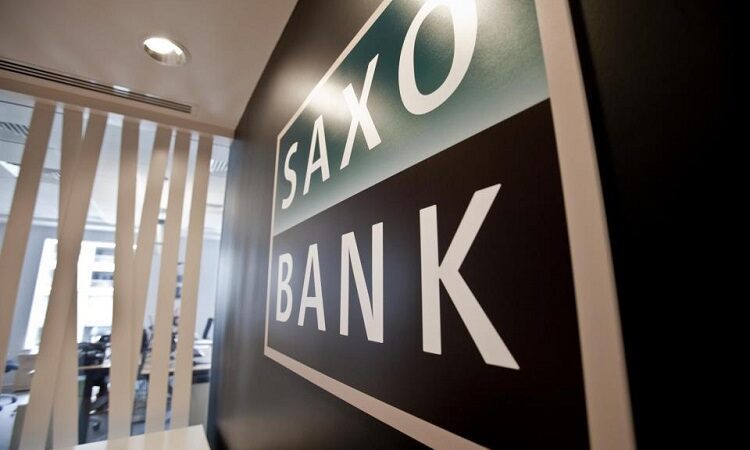Unveiling the Stock Market Rollercoaster: COVID-19’s Impact on Investor Confidence

The year 2020 brought with it unprecedented challenges, reshaping the world in ways previously unimaginable. As the COVID-19 pandemic swept across the globe, its impact reverberated through various facets of society, and the financial markets were no exception. The stock market, traditionally seen as a barometer of economic health, experienced a rollercoaster ride that left investors grappling with uncertainty and unprecedented volatility. In this article, we delve into the twists and turns of the stock market during the COVID-19 era and examine how it has influenced investor confidence.
The Initial Plunge:
As the pandemic unfolded, fear and uncertainty gripped the financial markets, triggering a massive sell-off. In March 2020, major stock indices around the world witnessed steep declines, with some experiencing their fastest and most significant drops in history. Investors, caught off guard by the sudden and severe impact of the virus on global economies, scrambled to offload their assets, seeking refuge in perceived safe-havens such as government bonds and gold.
The Fear Factor:
The fear of the unknown played a pivotal role in the stock market’s initial freefall. Investors grappled with a multitude of uncertainties – the duration and severity of the pandemic, the effectiveness of government responses, and the long-term economic implications. This fear factor amplified market volatility as sentiment swung wildly between optimism and pessimism, leaving investors on edge.
Government Intervention:
Recognizing the severity of the economic fallout, governments worldwide responded with unprecedented fiscal and monetary measures to stabilize their economies and reassure investors. Central banks slashed interest rates, implemented quantitative easing, and introduced stimulus packages to inject liquidity into financial markets. These interventions, while providing a short-term boost, also raised concerns about the long-term consequences of increased debt and potential inflation.
Tech Resilience and Pandemic Winners:
Amid the chaos, certain sectors demonstrated resilience and even thrived in the new normal. Technology companies, in particular, saw their stock prices soar as the pandemic accelerated the adoption of digital technologies. Remote work, e-commerce, and online services became integral parts of daily life, driving up the value of tech stocks and creating a divergence in performance between the technology sector and others that were harder hit.
Economic Realities vs. Market Optimism:
One of the perplexing aspects of the stock market’s trajectory during the pandemic was the apparent detachment from economic fundamentals. While economies contracted, unemployment soared, and businesses shuttered, the stock market displayed moments of exuberance and optimism. This disconnection between Wall Street and Main Street left many puzzled, highlighting the complexities of market dynamics and the role of investor sentiment.
Volatility and Opportunity:
For some investors, the heightened volatility presented opportunities for profit. Day traders and active investors, armed with information and analytical tools, capitalized on market swings to make quick gains. However, this speculative activity also raised concerns about market manipulation and the disconnect between stock prices and underlying company performance.
The Vaccine Rally:
A turning point in the stock market’s rollercoaster ride came with the announcement of successful COVID-19 vaccine trials. This development injected a sense of hope and optimism into the markets, sparking a “vaccine rally.” Stocks that had been battered during the initial stages of the pandemic, particularly in sectors such as travel, hospitality, and energy, experienced significant rebounds as investors anticipated a return to normalcy.
Shifting Investor Preferences:
The pandemic-induced market turbulence prompted a reassessment of investment strategies. Traditional metrics and valuation methods were scrutinized as investors sought to adapt to the new normal. The focus shifted towards companies with robust digital infrastructures, resilient business models, and the ability to thrive in a post-pandemic world. Environmental, Social, and Governance (ESG) considerations also gained prominence, reflecting a growing awareness of sustainability and social responsibility among investors.
The Road Ahead:
As the world continues to grapple with the aftermath of the pandemic, the stock market’s future remains uncertain. Questions about inflation, interest rates, and the sustainability of the recovery linger. Investor confidence, while showing signs of improvement, is still fragile, susceptible to shifts in the global health landscape and geopolitical developments.
Conclusion:
The COVID-19 pandemic undeniably left an indelible mark on the stock market, reshaping the way investors perceive risk, opportunity, and resilience. The rollercoaster ride of 2020 tested the mettle of investors, exposing vulnerabilities and sparking a reevaluation of traditional investment approaches. While the markets have shown resilience and adaptability, the scars of the pandemic linger, serving as a reminder of the interconnectedness of global events and their profound impact on investor confidence. As we navigate the uncertainties of the post-pandemic era, the lessons learned from this unprecedented chapter in financial history will undoubtedly shape the future landscape of the stock market.





